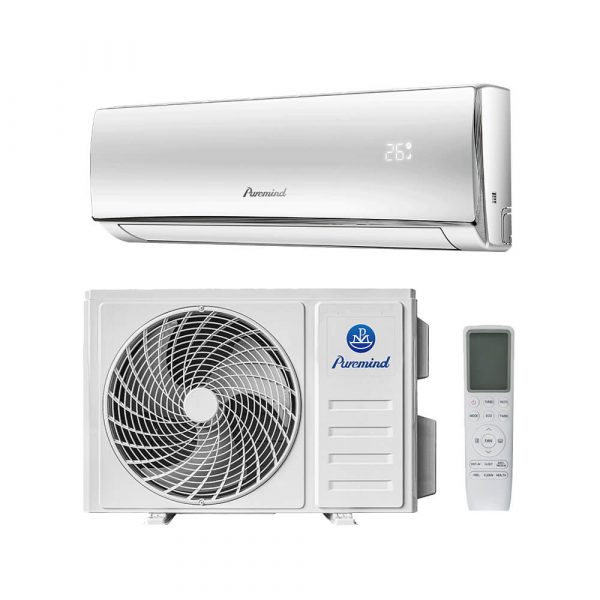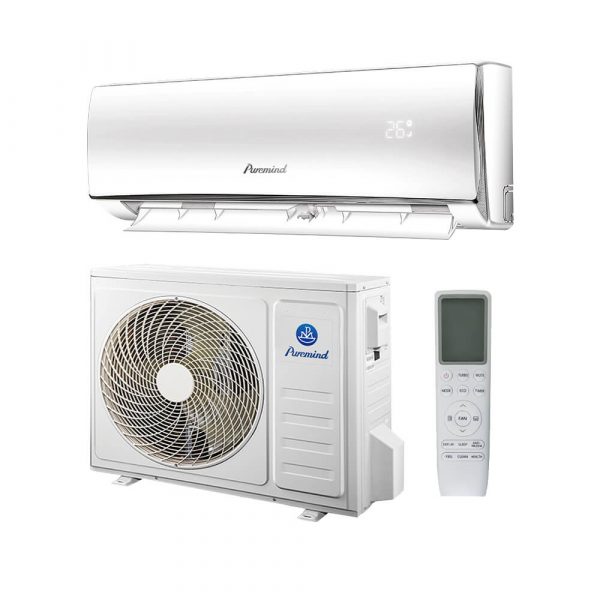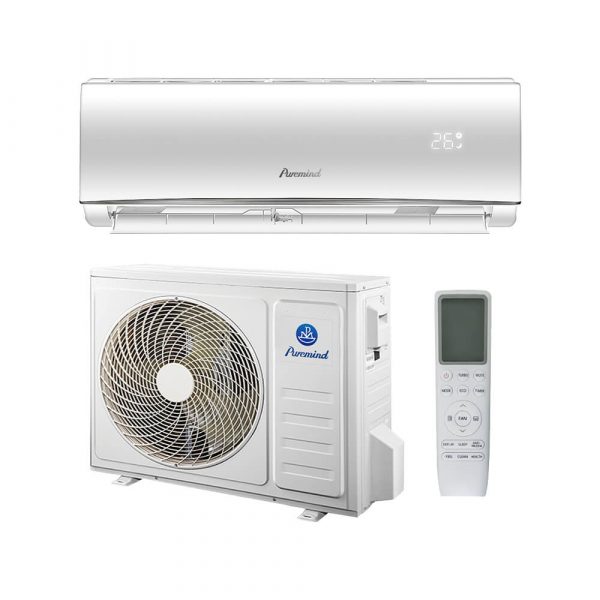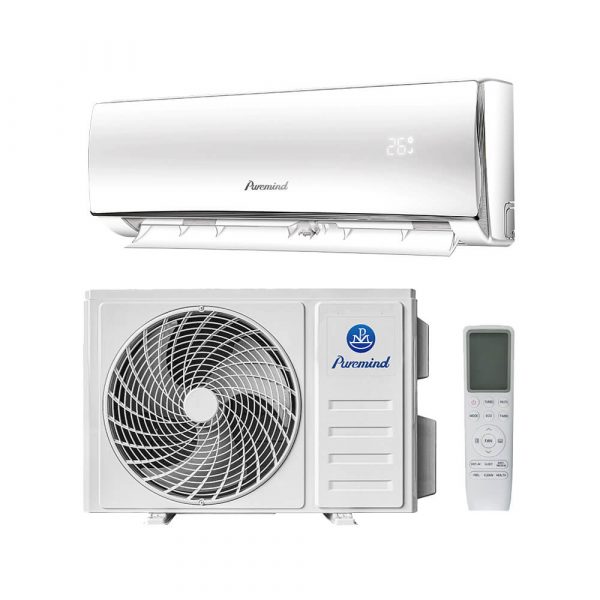RV Split Air Conditioner: The Ultimate Climate Solution for Mobile Living
As more people embrace life on the road, the demand for reliable and energy-efficient climate control systems in recreational vehicles (RVs) is growing. Among the best options is the RV split air conditioner — a compact, ductless system that offers powerful cooling and heating without the bulk and noise of rooftop units. This article explores how RV split air conditioners work, their benefits, installation tips, and how to choose the best system for your mobile lifestyle.
What Is an RV Split Air Conditioner?
Just like residential split systems, an RV split air conditioner is composed of two main units:
- Indoor unit: Mounted inside the RV (usually on a wall), it delivers conditioned air directly into the living space.
- Outdoor unit: Typically installed under the vehicle or in an exterior compartment, it houses the compressor and condenser coils.
The two units are connected by refrigerant and electrical lines, and they work together to cool or heat the RV efficiently without the need for ducts.
Why Choose a Split Air Conditioner for Your RV?
While rooftop ACs are common in RVs, split systems offer several advantages that make them ideal for full-time travelers and mobile home enthusiasts.
1. Energy Efficiency
RV split systems often use inverter compressors, which modulate their speed based on demand. This saves power and is especially beneficial for off-grid solar-powered RVs.
2. Quiet Operation
Compared to noisy rooftop units, split air conditioners run much quieter. The outdoor compressor is mounted away from the living space, reducing interior noise significantly.
3. Climate Versatility
Most RV split ACs also function as heat pumps, offering efficient heating in cold conditions — perfect for all-season road trips.
4. Compact Design
Wall-mounted indoor units take up less space and don’t interfere with ceiling height or rooftop solar installations.
Ideal Use Cases for an RV Split AC
- Full-time RV dwellers seeking consistent climate control
- Custom camper builds or van conversions
- Luxury RV renovations where comfort and aesthetics matter
- Off-grid or solar-powered RV setups needing low-energy HVAC
Installation Considerations
Installing an RV split air conditioner is more technical than dropping a rooftop unit in place. Here’s what to expect:
1. Mounting Space
Ensure you have a solid wall space for the indoor unit and adequate ventilation space for the outdoor unit.
2. Electrical Requirements
Most RV mini splits operate on 110V or 220V power and may require dedicated breakers.
3. Refrigerant Line Routing
Lines must pass through insulated pathways between the indoor and outdoor units, with attention to vibration protection.
4. Professional Help Recommended
While some DIYers can handle the install, hiring an HVAC technician familiar with RVs ensures safety and performance.
Top Features to Look For
When shopping for an RV split air conditioner, consider these key specifications:
- BTU Rating: Choose based on the RV size — 9,000 to 12,000 BTU is suitable for most RVs.
- Inverter Compressor: For smoother operation and reduced energy use.
- Heating Function: Especially important for winter or mountain travel.
- Remote or App Control: Makes adjusting temperature easy from anywhere in the RV.
- Low Ambient Cooling: Ensures the unit works even in very cold temperatures if needed.
How It Compares to Rooftop AC Units
| Feature | RV Split AC | Rooftop AC |
|---|---|---|
| Noise Level | Low (indoor unit only) | Moderate to high |
| Energy Efficiency | High (especially with inverter) | Lower |
| Space Required | Wall and compartment space | Roof space |
| Appearance | Sleek, modern interior | Bulky ceiling unit |
| Heating Capability | Included (in heat pump models) | Often requires separate heater |
Maintenance Tips
Proper maintenance extends the life of your RV split AC:
- Clean indoor filters every month
- Inspect outdoor unit for debris buildup
- Check refrigerant lines for leaks annually
- Run the system regularly to avoid compressor stress
Where to Buy High-Quality RV Split Systems
While many RV owners shop at general retailers, sourcing systems directly from HVAC manufacturers can offer better performance and customization. For example, Puremind offers factory-direct RV and split air conditioning systems designed for mobile, marine, and off-grid applications.
Conclusion
If you’re looking to enhance your RV with modern, energy-efficient climate control, an RV split air conditioner is a top-tier solution. Its quiet performance, dual heating/cooling capabilities, and minimal energy use make it ideal for travelers who prioritize comfort and self-sufficiency. Whether you’re hitting the road for the weekend or living off-grid full-time, investing in a high-quality split system will keep your journey cool—literally and figuratively.
To explore professional-grade RV air conditioners and ductless split systems, visit Puremind’s product collection and discover solutions tailored for mobile living.







